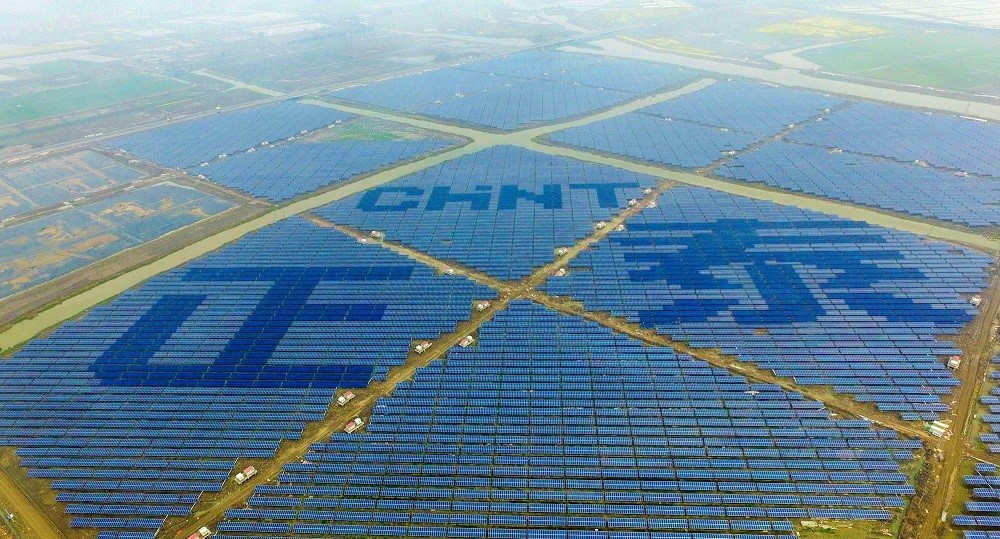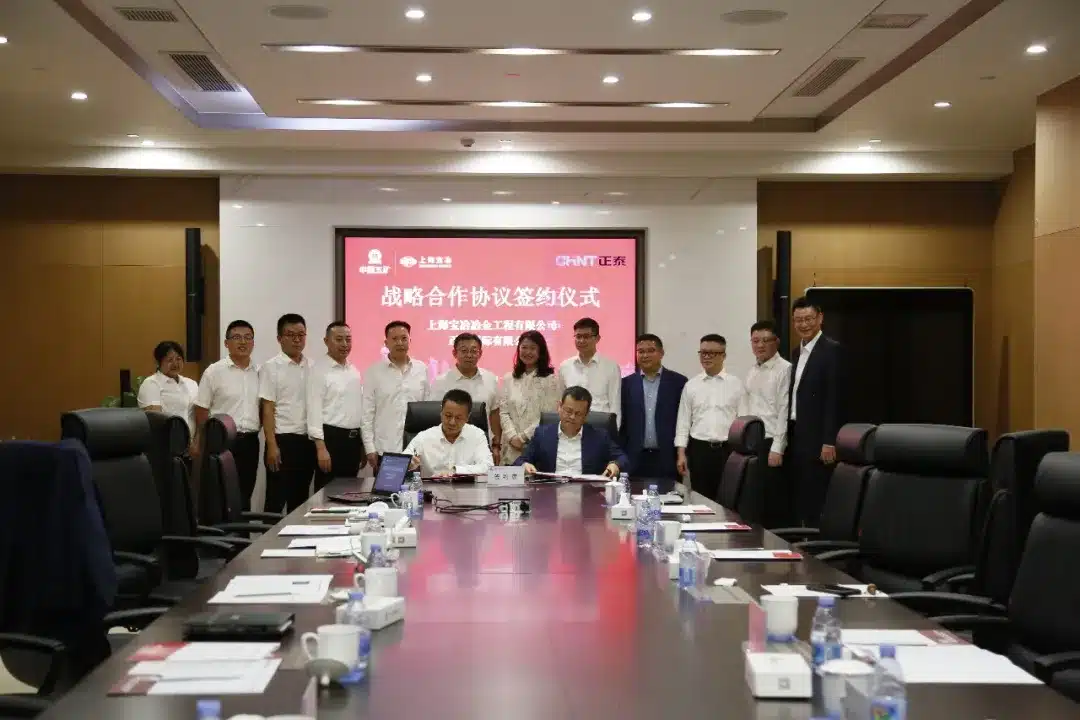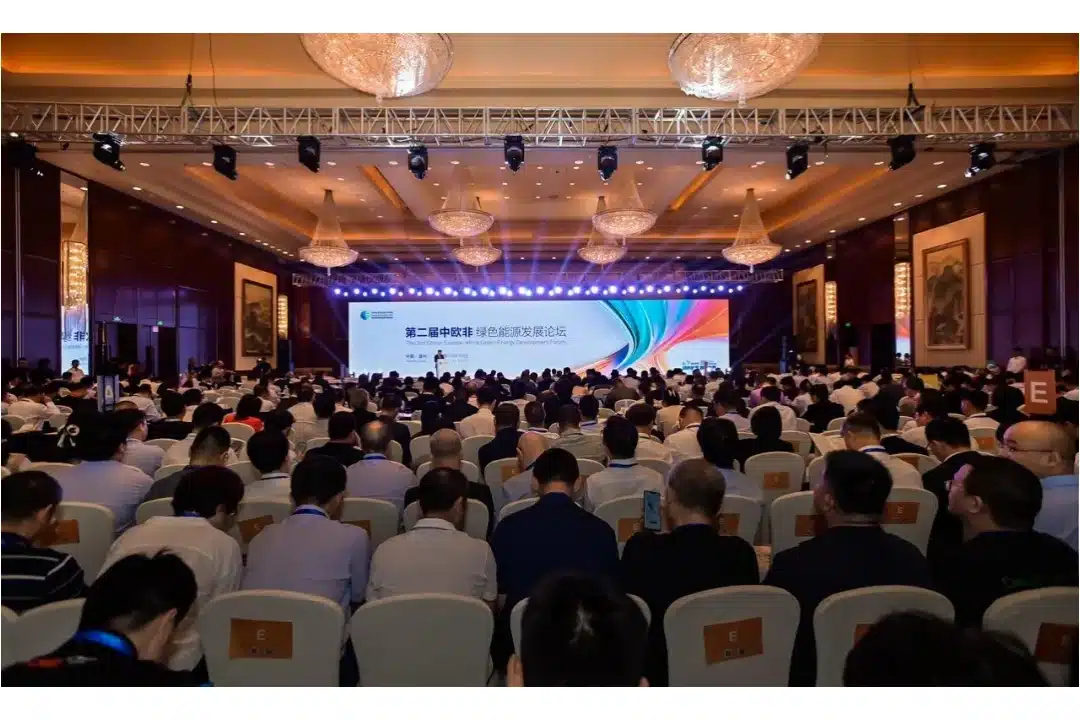Table of Contents
Solar panels are an effective way to generate electricity using the power of the sun. Solar panels come in various shapes, sizes, and types, so it is crucial to understand their differences before you purchase.
This article will explore the different types of solar panels, their advantages and disadvantages, and how they can be used to generate electricity most effectively.
What is a Solar Panel?
A solar panel, sometimes called a PV panel, is a device that converts light from the sun into electricity that can be used to power electrical loads.
Solar panels consist of numerous photovoltaic (PV) cells linked together to make up a panel. Each cell is composed of layers of silicon, phosphorous (which provides the negative charge), and boron (which provides the positive charge).
When sunlight touches the surface of the solar panel, the packets of energy from the sun (known as “photons”) are absorbed by the PV cells. This causes the cells to charge and start vibrating. Then it generates the energy allowing free electrons to be released into the electric field and pulled into a directional current.
This is called the “Photovoltaic Effect”, which creates the current that produces green electricity. The electricity the panels produces is then passed through an inverter into an alternating current fed into your home electrical system.
Aside from producing electricity for residential purposes, solar panels can also be used for various applications, including remote power systems for cabins, telecommunications equipment, and remote sensing.
Types of Solar Panels
Different types of solar panels serve different needs and purposes. Therefore, it’s crucial to understand the distinctions before making a decision.
There are four types of solar panels available in the market which includes Monocrystalline, Polycrystalline, Passivated Emitter and Rear Cell (PERC), and Thin-Film Solar Panels.
Monocrystalline Solar Panels
Monocrystalline solar panels are the oldest and most developed of the four types. It is the most commonly used in rooftop solar panel installations because of its power capacity and efficiency.
As its name suggests, these panels are composed of single (mono) crystal (crystalline) silicon solar cells. They are made by forming pure silicon into bars and cut into wafers. During this process, the cell edges are cut off to produce more electricity and then organized to form a solar panel.
When fully formed, monocrystalline panels are easy to recognize. They resemble squares with rounded corners and have a signature black color.
Because they are made from pure silicon, monocrystalline solar panels have a high power output, occupy less space, and last the longest. Of course, this also means they are the most expensive type. Another advantage is that they are slightly less affected by high temperatures compared to other types of solar panels.
Polycrystalline Solar Panels
These panels are also called “multi-crystalline” panels because they are made from many crystal fragments unlike monocrystalline panels which are made of only one crystal.
These fragments are melted and shaped into squares, leading to limited waste production because they do not need to be cut. The easier production process also means that they are an affordable option for homeowners on a budget.
However, because they have less pure silicon, they are considered mid-range panels that have a lower efficiency and shorter lifespan compared to monocrystalline panels. They also do not hold up well under high temperatures.
Polycrystalline panels can be identified by their square shape with straight edges and shining blue color, sometimes with a marbled pattern.
Passivated Emitter and Rear Cell (PERC) panels
PERC panels are a newer type of solar technology designed to be an improved, more efficient version of the traditional monocrystalline panels.
PERC solar cells have an extra layer on the backside. This extra layer reflects some of the sun’s rays back into the solar cell increasing photon absorption. Therefore, achieving higher energy conversion.
With higher efficient cells, it will take fewer panels to produce the same amount of power as traditional monocrystalline panels. This makes it an ideal option for homeowners with smaller roofs.
PERC solar panels also perform well in both high-heat and low-light environments, with about a 3% increase in efficiency compared to conventional panels.
Thin-Film Panels
Thin-film solar panels are thinner and have a low profile. This type of solar panel has cells that are 350 times thinner compared to the crystals used in monocrystalline and polycrystalline panels.
Instead of silicon, these panels are made from either of three semiconducting materials:
- Cadium telluride (CdTe): has the lowest carbon footprint, but the toxicity is a major environmental concern as it is not recyclable.
- Amorphous silicon (a-Si): generally shapeless and unconstructed on the molecular level.
- Copper indium gallium selenide (CIGS): manufactured using a thin layer of copper, indium, gallium, and selenium on a glass or plastic sheet. It is the most efficient because of its absorption abilities.
The semiconducting material is then placed between transparent conducting layers with a glass layer on top to capture sunlight.
Compared to mono and poly crystalline panels, thin-film solar panels have lower power capacities and lesser efficiency reaching only around 11%. This means that they require a larger roof area to generate energy. They also degrade faster compared to crystalline panels and have a shorter lifespan.
Thin-film solar panels are also known for their flexibility. They are easy to mold into different applications, like shingles or roof tiles. And because they are lightweight and easy to maneuver, they are less labor-intensive and cost less to install.
Related Article: Is It Worth Investing in a Solar PV System?
Solar Panel Types by Efficiency
Most Efficient: PERC Solar Panels
On average, PERC solar panels are 5% to 6% more efficient than monocrystalline panels.
This is because of its extra passivated layer on the back which causes the cells to produce more power and prevent electron recombination. These two benefits result in increased energy conversion efficiency and decreased heat, allowing them to work better in low-light environments.
Efficient: Monocrystalline Solar Panels
Efficiency ratings of monocrystalline solar panels range from 17% to 22%.
This is because it is made from a single pure silicon crystal — making monocrystalline panels the purest out of all the solar panel types. The stable and inert properties of pure silicon also mean that these panels are extremely heat-resistant and long-lasting — capable of lasting more than 25 years.
Mid Tier: Polycrystalline Solar Panels
Polycrystalline panels have lower efficiency rates, typically ranging between 15% to 17%.
This is because the silicon used to make the polycrystalline cells is lower in purity compared to that used in monocrystalline cells. These panels also tend to have lower heat tolerance, performing slightly worse in high-temperature environments.
Least Efficient: Thin-Film Solar Panels
The efficiency of thin-film solar panels varies depending on the type of PV material used in the cells, but in general, they tend to range between 6% to 13% — with amorphous silicon having the lowest rating.
Thin-film panels use less semiconductor material compared to other types, making them lighter and less efficient. Their lighter build also means that they degrade faster compared to mono and polycrystalline panels, and therefore, have a shorter life span.
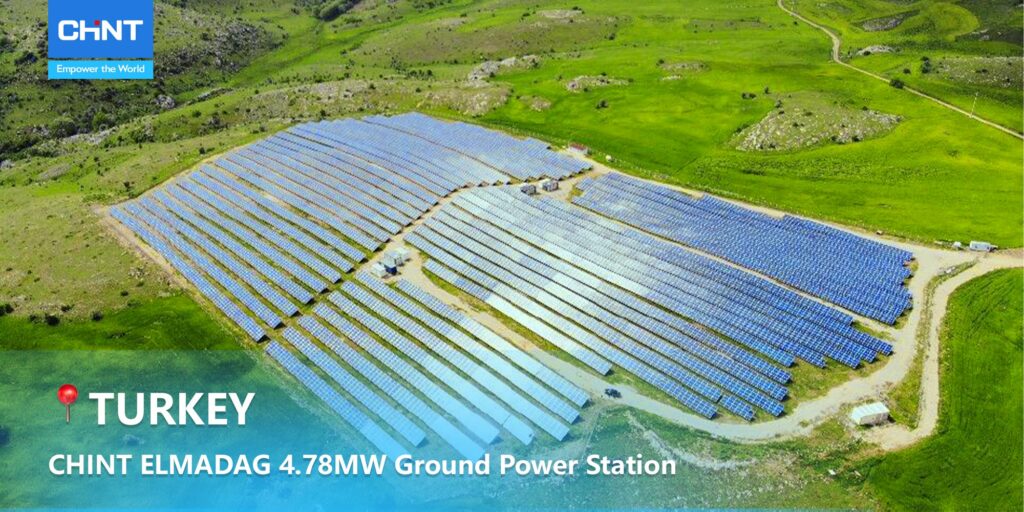
Solar Panel Types by Power Capacity
Highest Power Capacity: Monocrystalline Panels And PERC Panels
Monocrystalline panels have the highest output and power capacity, thanks to their higher efficiency per square foot. Most have a power output of at least 300 watts, but this can even go as high as 320 watts.
The same power output can be attributed to PERC solar panels, as they are modified versions of monocrystalline panels that utilize the same materials and manufacturing process.
Mid Tier: Polycrystalline Solar Panels
Polycrystalline panels are not that far behind monocrystalline when it comes to power output. The average capacity for a 60-cell polycrystalline panel ranges from around 240 to 300 watts.
Although lower than monocrystalline panels, this power output is sufficient enough to power most residential electrical systems.
Lowest Power Capacity: Thin-Film Solar Panels
It’s harder to measure the power capacity of thin-film panels because they are made of different materials and sizes.
But generally, because of their thinner build, less semiconducting materials, and lack of pure silicon, these panels output less overall wattage compared to crystalline panels.
Conclusion
Choosing the right type of solar panel for your home may seem challenging, but understanding the advantages and applications of each will make your switch to sustainable energy a whole lot easier.
If you are still unsure about what you should use, Chint Global is more than happy to help. With our vast experience and expertise, we can help you select the perfect type of solar panel for your specific application. We also offer a wide range of solar energy products that meet the highest quality standards.
Contact us at www.chintglobal.com today to learn more about our products and services.
FAQs about Solar Panel
It is generally not recommended to mix different types of solar panels in the same system, as it can lead to reduced efficiency and potential safety hazards.
Solar panels produce clean, renewable energy and can help reduce reliance on fossil fuels, thus lowering greenhouse gas emissions and combating climate change.
Some common mounting options for solar panels include rooftop, ground, and pole mounts.
The right type of solar panel for your home depends on your budget, energy needs, and other factors such as your roof type and location. It’s best to consult with a solar professional to determine the best option.
Monocrystalline panels are typically the most expensive, followed by polycrystalline and thin-film panels. However, the exact cost will depend on factors such as brand, size, and installation fees.
Recommend Reading
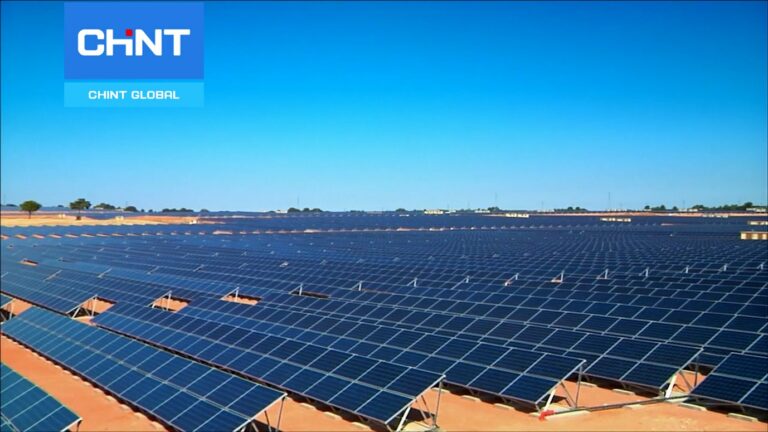
Astrosemi Solar Panel: Pros & Cons and Applications
Table of Contents Solar power has slowly become the world’s fastest-growing energy source, powering more homes daily. It’s a great way to offset electricity costs
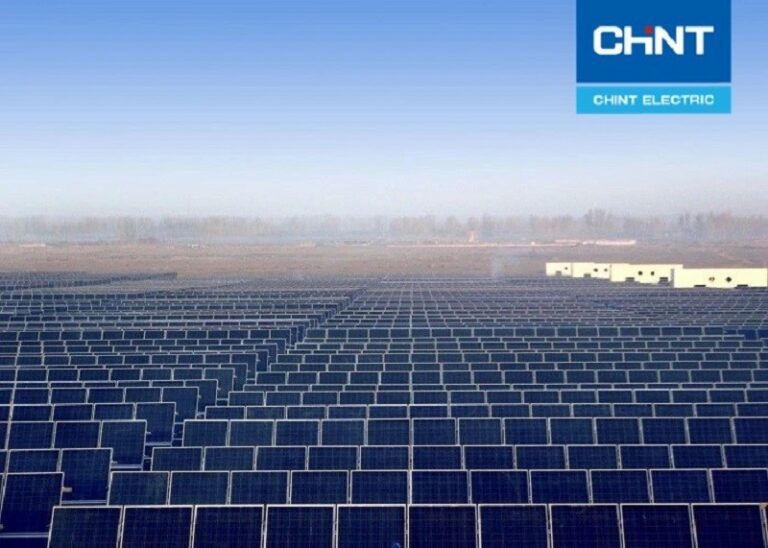
Solar Panel Maintenance Guide: How To Repair Solar Panels
Table of Contents The continuous rise in energy billing costs and the carbon footprint that most traditional power sources leave behind as fallout residues are

